

Más de 114 millones de personas refugiadas necesitan tu ayuda
En los peores momentos, tu ayuda es vital
Ejemplo donando 30€/MES (360€/año)
Te desgravas 244,00€
El 80%
de los primeros 250€
El 40%
de los siguientes 110€
360€
360¿Cómo puedes ayudar a los refugiados?

Hazte socio
Al hacerte socio garantizas ayuda a los refugiados de forma regular.

Haz un donativo
Las donaciones son clave para enviar ayuda a emergencias.

Dona como empresa
En una emergencia humanitaria, las donaciones de empresas son clave.

#RetoACNUR
Refugios de emergencia para Ucrania.
El 91,4 % de cada donación se destina a proyectos de ACNUR en terreno y a emergencias
En el Comité español de ACNUR nos comprometemos a informar y a comunicar de manera transparente a nuestros socios y donantes.

114 millones de refugiados es la triste cifra alcanzada en 2023

Dónde trabajamos
Acnur ayuda a víctimas de conflictos internacionales en todo el mundo











